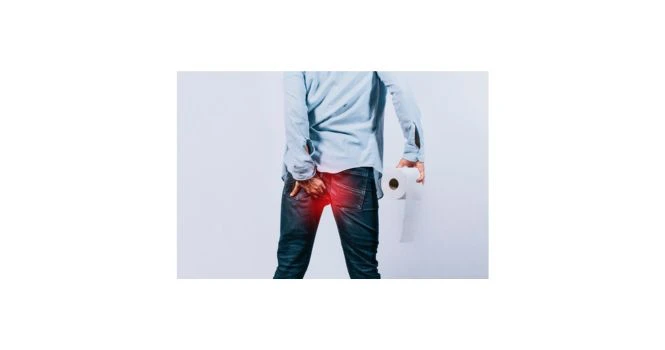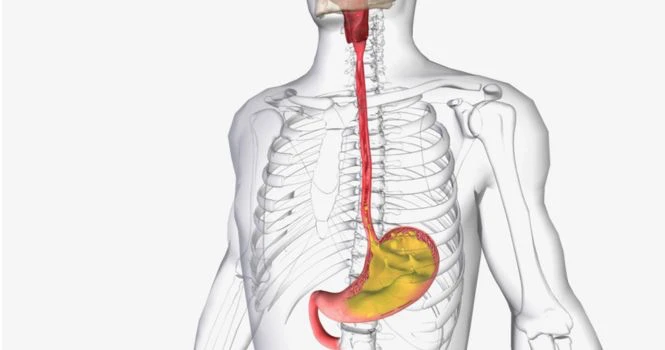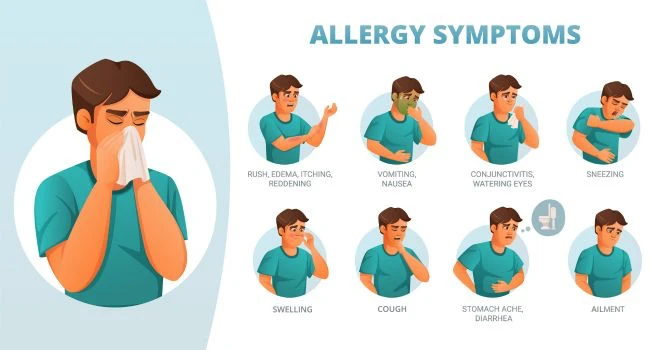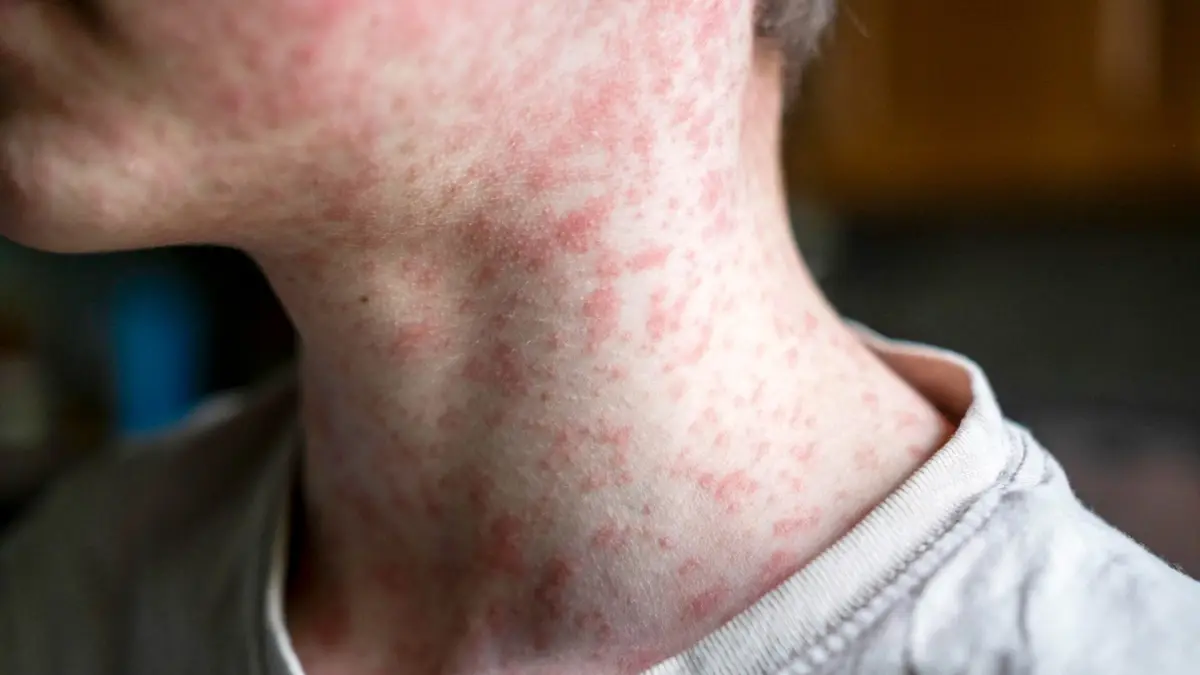Hemorrhoids or Piles
All of us have the pillow-like cluster of veins surrounding our anal and lower rectal region. But when those veins become swollen, distended or enlarged, it is called Hemorrhoids or Piles. It is one of the most common health conditions affecting around three out of four adults from time to time. In most cases, hemorrhoids do not cause many symptoms, but at other times it can lead to bleeding, itching, and discomfort.
Hemorrhoids are of Two Types- External and Internal hemorrhoids.
While the external hemorrhoids are those blood clots formed in the outer anal skin, the internal hemorrhoids are those which occur beneath the lining. Also, they are classified further, based on their severity and size:
- First degree– When the swellings developing on the inner anal lining are small and doesn’t show up outside the anus
- Second degree– When the swellings coming out of your anus are larger, which disappear inside again
- Third degree-When a few small soft lumps hang down from the anus, which can be pushed back inside
- Fourth degree-contains larger lumps hanging down the anal opening that cannot be pushed inside.

What causes Hemorrhoids?
Hemorrhoids can occur due to the following reasons:
- Straining during bowel movements
- Chronic constipation
- Diarrhea
- Prolonged sitting in the toilet
- Increased pressure because of pregnancy
- Being overweight
- Aging
- Heredity factors
What are the symptoms of hemorrhoids?
- Painless Bleeding while passing stools
- Mucus discharge after passing stools
- Itching around the anus
- Protrusion of skin during bowel movements
- Anal pain or discomfort
- Sensitive lumps that hang outside the anus
How are hemorrhoids diagnosed?
During a medical examination, your doctor can visualize if you have external hemorrhoids by just taking a look. You will also be subjected to tests and procedures to diagnose internal hemorrhoids via rectal examination. Digital examination and visual inspections also help diagnose hemorrhoids. An anoscope can also be used to examine your anal canal for diagnosis. In some cases, your doctor might order a colonoscopy or flexible sigmoidoscopy to rule out other causes of blood in stools.
Treatment options:
You can get dramatic relief from hemorrhoids by following certain simple home remedies such as:
- Getting more fiber. Consume extra fiber to your diet or take fiber supplements like Citrucel, Metamucil or Fiber Con. Also, when you consume adequate fluids, the fiber softens your stools and makes it easier to pass and thereby reduce the pressure on your hemorrhoids. High-fiber foods to include in your diet: Broccoli, oat bran, Whole-grain foods, fresh fruits, beans, etc.
- Physical activity- When you perform moderate physical activity including aerobic exercises like walking, it can stimulate and strengthen your bowel function.
- Not controlling your urge to defecate. Whenever you feel the urge to pass stools, do it immediately rather than waiting until a convenient time. The stool can back up and lead to increased straining and pressure in your anal region. Also, establish a regular bowel habit to reduce the strain.
- Taking Sitz- a warm water bath for the anal and hip region can relieve irritation, spasms of the sphincter muscle and itching.
- Avoid using dry toilet paper without perfume or alcohol
- Apply ice packs or cold compresses around your anus to relieve swelling.
Medical treatment options include:
- Topical creams- Over-the-counter ointments containing local anesthetics and corticosteroid creams help soothe the pain and discomfort and reduce inflammation temporarily.
- Oral Pain relievers like paracetamol can help relieve the pain.
There are several kinds of surgical options that can be used to treat hemorrhoids, but all of them involve either removing the hemorrhoids or reducing their blood supply, making them shrink in size
Surgical options:
- Hemorrhoidectomy- Surgery to remove the hemorrhoid.
Minimally Invasive Procedures:
- Rubber band ligation performed by a doctor over your hemorrhoid to position a rubber band around its base
- Staples- An alternative to the hemorrhoid removal surgery to treat prolapsed internal hemorrhoids. It is done by using a stapling device to anchor the hemorrhoids in their normal position, performed under general anesthesia.
- Sclerotherapy- chemical solutions injected into the blood vessels in your anal region help relieve pain and numb the nerve endings.
- Electrotherapy or electrocoagulation where a proctoscope is inserted into the anal region to locate hemorrhoid and shrink it using a low electric current under general anesthesia.
Sources
https://www.mayoclinic.org/diseases-conditions/hemorrhoids/symptoms-causes/syc-20360268
https://www.fascrs.org/patients/disease-condition/hemorrhoids
https://www.health.harvard.edu/diseases-and-conditions/hemorrhoids_and_what_to_do_about_them
https://www.nhs.uk/conditions/piles-haemorrhoids/treatment/
https://live.staticflickr.com/4212/35463529041_5d7c2e32f5.jpg
WikipedianProlific [CC BY-SA 3.0 (http://creativecommons.org/licenses/by-sa/3.0/)]
![]()












